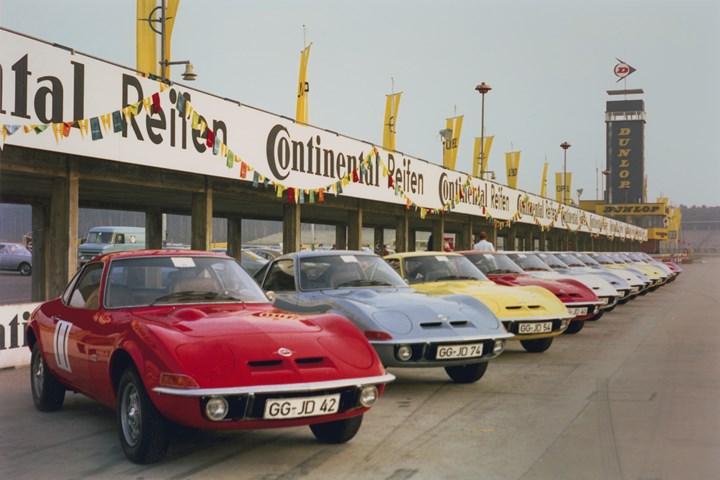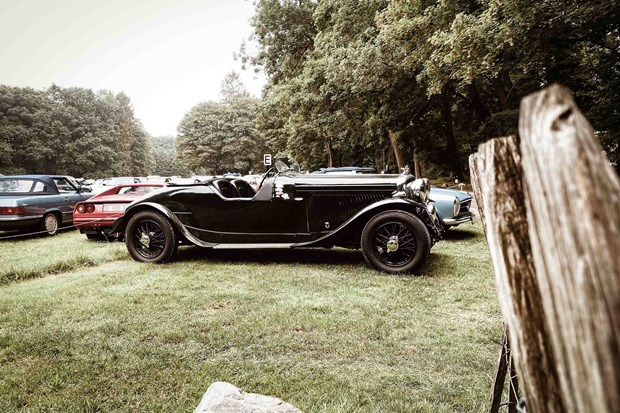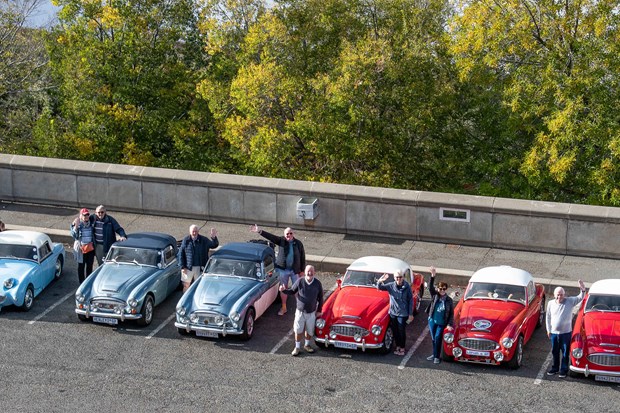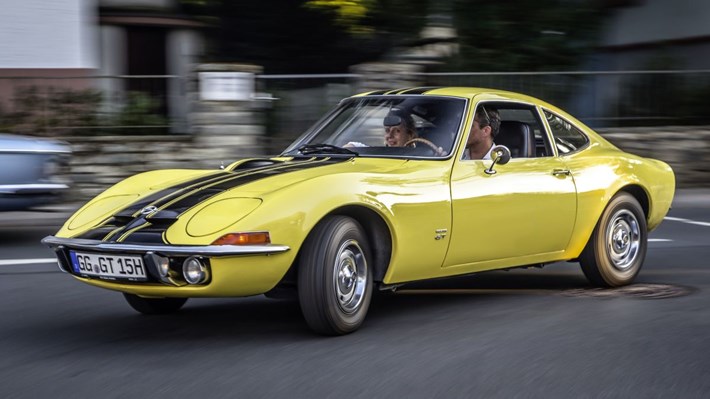
With its copycat Chevrolet Corvette looks, the Opel GT allowed the German carmaker to sell dreams at attainable prices
At the 1965 Frankfurt Motor Show, Opel caused a sensation with the presentation of a two-seater sports car. The car's lines were very fluid, the front-end low with electrically retractable headlights, while the wheels were sheltered by curved, voluptuous wheel arches. The rear end was different too: standing out from Opel's rather conventional product lines and from anything previously offered by a European carmaker.
The curved look was reminiscent of a glass Coca-Cola bottle. For the presentation, Opel initially stated that the Experimental GT, the first concept car from a German carmaker, was only a design study for a high-performance car. It was the work of designer Erhard Schnell and his team, who inaugurated the brand new Styling Studio in Rüsselsheim, the first design centre of a European car manufacturer. When asked a few years ago, Schnell recalls that the development of the GT was shrouded in secrecy. "Initially, it was just a matter of working on the styling," he explained. "My boss didn't tell the management.
But when the prototype was almost finished, he couldn't help but tell them. We were really nervous, because it was the first time the Experimental GT had been seen by someone else. When the management applauded the team, we were relieved. We were on cloud nine.
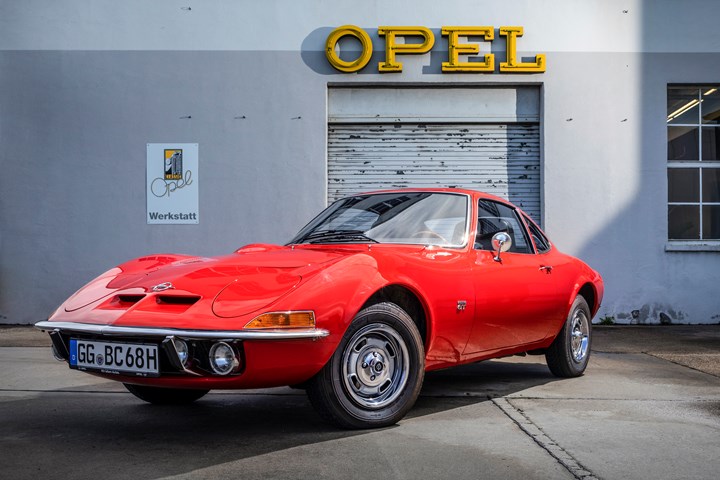
Achievement
This risk-taking earned him public and media recognition, as the GT was enthusiastically received at the Frankfurt Motor Show, especially because no one expected a sports car from Opel. As a result, the project was given the green light. Six years after the first sketch and only three years after the show, the GT went from prototype to production car.
The first Opel GT rolled off the assembly line in 1968, the first example of Franco-German cooperation. Having already worked on joint projects, the coachbuilder Chausson-Brissonneau & Lotz was commissioned to stamp, assemble, paint and fit the GT's interior. The bodies were then sent to Germany for the final assembly of the mechanics and running gear.
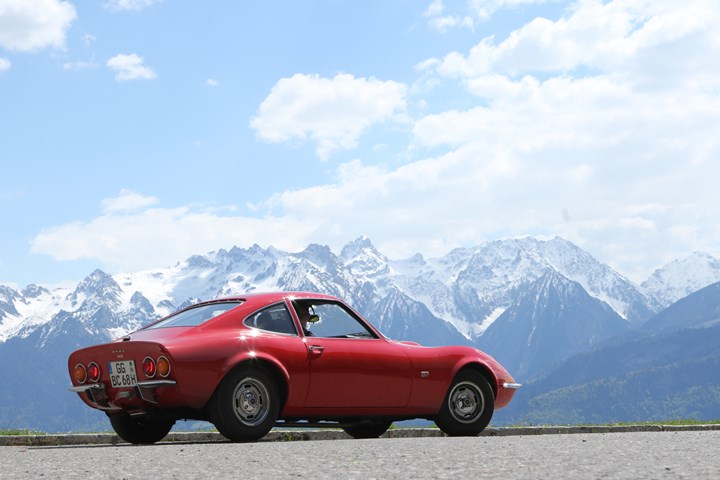
"Gentle" performance
GT buyers were offered a choice of two four-cylinder engines: a 1.1-litre, 45kW block from the Kadett and a 1.9-litre, 67kW block from the Rekord. From the start, the GT 1900 was the most successful. The top speed of 185 km/h and the 0 to 100 km/h time of 11.5 seconds met the expectations of the buyers.
Buyers could opt for a four-speed manual transmission or an optional three-speed automatic, which was very successful in the American market. The GT remained in the brand's catalogue until 1973. Thanks to its attractive design and attainable price, the GT's success exceeded expectations, with 103,463 cars produced in five years.
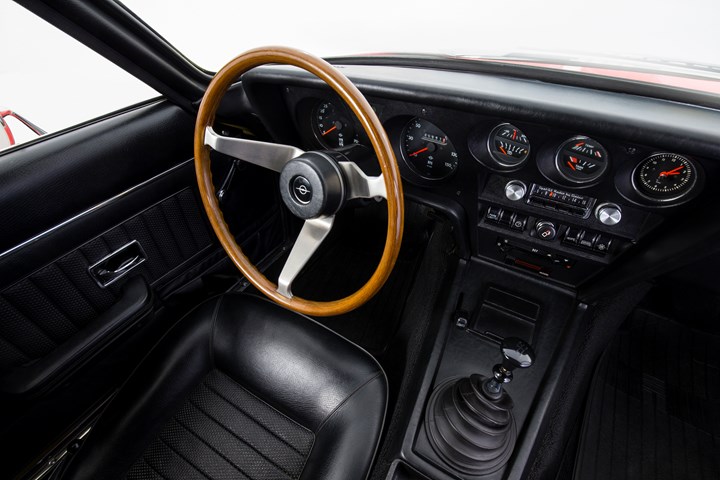
A good deal
The good news is that the price of the Opel GT has remained quite low as it is possible to find one in good condition from R200,000. This makes it a very good deal, especially as the engines (the 1.9 litre is the preferred choice) are extremely robust. The only drawback of the GT is that it is very susceptible to rust but parts are quite easy to find. Given the price/pleasure ratio, there is no reason to hesitate!
